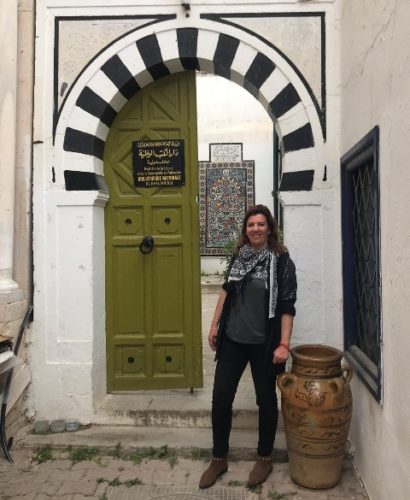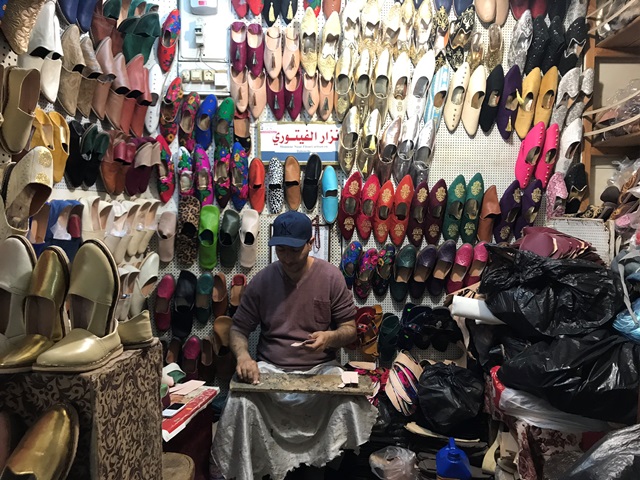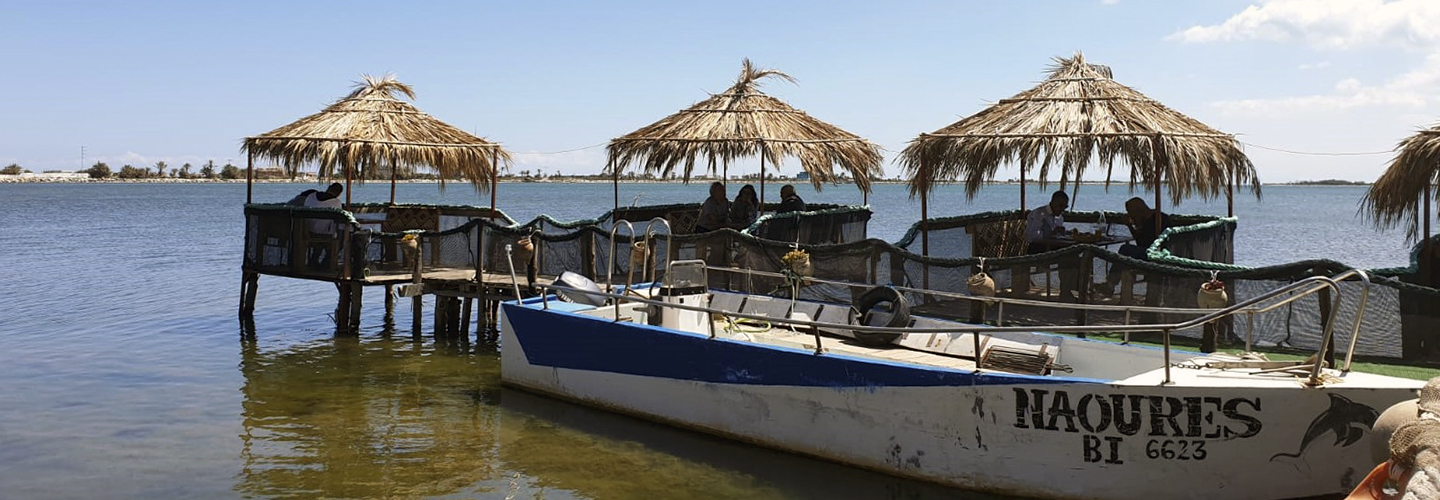The research projects in the field of tourism under development at Campus Gandia of the Universidad Politècnica de València (UPV) are mainly focused on management of sustainable tourism in heritage resources as a starting point and a fundamental element of tourism development. In this post we will try to clarify what this term consists of and how it relates to the research carried out by the UPV.
 In the first place, it should be noted that one of the objectives of tourism management is the consideration of the state of tangible and intangible natural and cultural resources, which can be exploited for the enjoyment of tourists, and above all, to guarantee their protection and conservation. This first phase is followed by another more dynamic one called “value enhancement”, which focuses on the selection and application of different tools that range from visitor management to the economic assessment of resources. Lastly, the final phase would be the revitalization of the heritage site in the form of “experiences”, constituting the application stage, which culminates the tourism management with the interpretation and creation of tourism products that are then put on the market, at the disposition of the visitors.
In the first place, it should be noted that one of the objectives of tourism management is the consideration of the state of tangible and intangible natural and cultural resources, which can be exploited for the enjoyment of tourists, and above all, to guarantee their protection and conservation. This first phase is followed by another more dynamic one called “value enhancement”, which focuses on the selection and application of different tools that range from visitor management to the economic assessment of resources. Lastly, the final phase would be the revitalization of the heritage site in the form of “experiences”, constituting the application stage, which culminates the tourism management with the interpretation and creation of tourism products that are then put on the market, at the disposition of the visitors.
Thus, the first phase of sustainable tourism management focuses on knowledge about the state of natural and cultural resources to be considered. This first action is fundamental and serves to analyze and diagnose the singular, unique and identitary attributes that the resources offers and whether or not they are in optimal conditions to become tourist attractions or products. Likewise, in this phase those resources that show signs of risk of being affected by the tourism activity are discarded either due to their fragility or their state of conservation.
In relation to the research carried out in the Gandia Campus and the scientific output associated with this first phase of the sustainable tourism management process, projects have been carried out involving environmental, socioeconomic and institutional analysis and diagnosis of the territory related to the potentialities for conservation and public use. oremost among them is the work published by the Ministry of Environment of Spain under the auspices of the Ramsar Convention on Wetlands of International Importance and directed by María José Viñals, entitled “Tools for Sustainable Tourism Management in Wetlands”.

Likewise, other comprehensive projects regarding knowledge transfer and generation of social value are the creation of the Aula Natura at the Marjal of Gandia and the Parpalló-Borrell Interpretation Center, both carried out in collaboration with the Gandia City Council. The design of the Aula Natura, commissioned by the Hydrographic Confederation of Júcar, consisted of the design and construction of a recreational facility, currently in operation and managed by the Gandia City Council, which serves as an interpretation center for the marjal ecosystem.
Other applied research projects carried out at the Campus of Gandia have been carried out mainly with the public administration to detect the needs in terms of tourism planning applied to the surrounding, local, even regional, environment. One of the pillars of planning is materialized in the drafting of strategic plans for municipalities such as Gandia, Oliva, or in counties such as the Vall d’Albaida, among others.

Currently, researchers from the Campus Gandia are carrying out a project in Tunisia commissioned by the MAVA Foundation, in collaboration with the World Wildlife Foundation, which initiates this sustainable tourism management process with the analysis and diagnosis of the tourist situation of the beach of Sidi Ali Mekki. This resource stands out due to its location, since it is located in the vicinity of a RAMSAR wetland in the municipality of Gahr el Melh, and has a high number of visitors concentrated in specific periods throughout the year. This study is completed with the application of tools that determine the frequency of visitors and knowledge of the perception of local actors, as well as the compatibility of traditional and tourist uses in this territory.
Lola Teruel, research professor of Tourism in the Campus Gandia of the UPV.
The text is a summary of the article by the same author “Research in Tourism at the Campus Gandia” included in the collective book commemorating the 25th anniversary of the Campus Gandia of the UPV.











